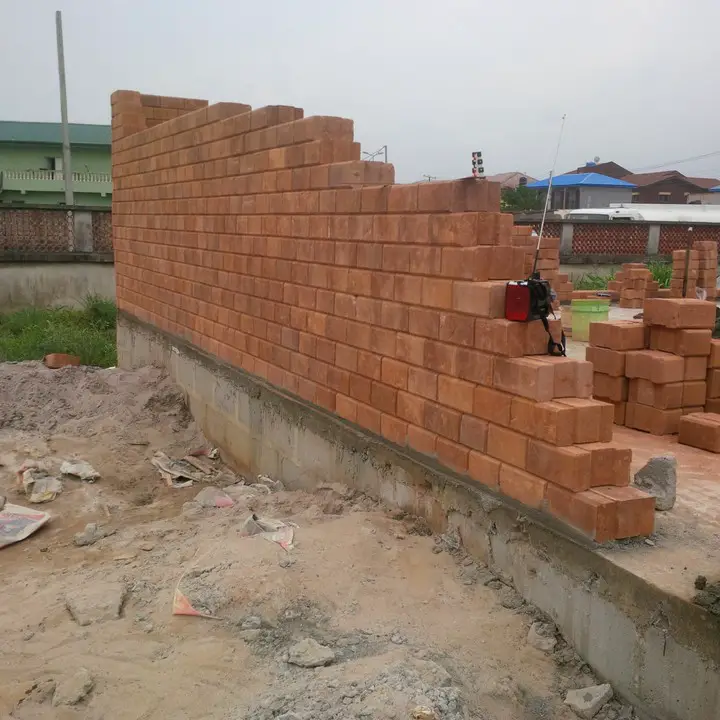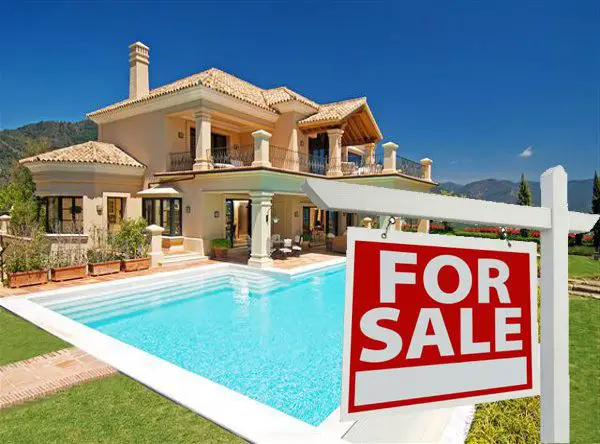What Does Cookie Cutter Houses Mean In Real Estate?
What Does Cookie Cutter Houses Mean In Real Estate?
Cookie-cutter houses are a type of housing development where all the homes have identical appearances and floor plans.
In real estate, the term “cookie-cutter houses” refers to homes that are built with a similar design and layout, often in large developments or subdivisions. These homes are typically mass-produced using standardized designs, materials, and construction methods, resulting in a uniform and repetitive appearance.
The term “cookie-cutter” suggests that these homes are bland or lacking in unique features, as they are built to a standardized template without much variation.
However, this is not always the case, as many cookie-cutter homes can still have some variations in exterior finishes, interior layouts, or customizations made by homeowners.
This type of development is popular with developers because it allows them to purchase materials in bulk, reducing construction costs and waste.
However, cookie-cutter houses can be unpopular with individuals who prefer more customization and variation in their homes.
Cookie-cutter houses may be attractive to buyers who are looking for a home that will have broad appeal and will be easy to resell in the future.
However, it is important to remember that what is popular does vary from region to region.
Cookie Cutter House Vs Custom House
Custom homes and cookie-cutter homes both have their pros and cons, but the decision of which to choose is ultimately up to the homeowner.
Custom homes are built from scratch and require an architect to draw out plans and create the design of the home, making them more expensive than cookie-cutter homes.
However, custom homes offer more customization options such as upgrades and additions that may not be available with a pre-designed model house.
Cookie-cutter homes are typically found in suburban neighborhoods where the builder has 5-6 home designs that they repeat throughout the neighborhood.
These types of houses save time and money by not requiring an architect, but they also have fewer decisions for those who struggle to make decisions.
Why Are Cookie Cutter Houses Bad
Cookie cutter houses are often seen as bad because they lack character and individuality. They are usually built quickly and cheaply, using the same materials throughout the house to keep costs down.
This can lead to issues such as roof problems, loose siding, plumbing issues, mold, poor noise blocking, and windows needing replacing.
Additionally, cookie cutter houses may be based on “star gazing, fantasy and over-servicing” rather than tailoring to needs, resulting in homes that are not tailored to their environment or the needs of the homeowner.
As a result, cookie cutter houses can be detrimental to both homeowners and the environment.
How To Avoid Cookie Cutter Houses
There are several ways to avoid cookie-cutter houses. If you want to build a home that doesn’t say “I was built in 2016,” there are a few things to keep in mind as you’re picking finishes and details.
The problem isn’t in any one detail or finish specifically, it’s combining them all together that dates your home.
When it comes to suburban homes, bronze fixtures or very modern satin nickel, glass tile accents, patterned carpet on the stairs, stone fireplaces…the list could go on and on I suppose. If you want to avoid your home feeling dated, stick with a time period and splurge on the bones.
If you already have a cookie-cutter house and want to upgrade it before selling it, there are many easy and affordable ways to make it stand out.
Improving these five areas may even bring you a higher offer: punch things up with paint; liven up your landscaping; add texture and interest inside; brighten up your lighting; refresh hardware and faucets.
If you want a newer home but also want it to have some character, follow these simple tips: switch out the hardware on your kitchen cabinets, bathroom cabinets, and interior doors.
You could as well add crown molding or baseboards; install wainscoting or beadboard paneling; replace light fixtures with something more unique.
Builder, designer and HGTV star Jasmine Roth knocks down walls literally and figuratively to totally transform her clients’ cookie-cutter houses. The result is a custom home that’s not only gorgeous but inherently more valuable.
Her top tips for transforming boring builder-grade houses into the most beautiful spots on the block include: go antiquing for vintage pieces with stories behind them; don’t shy away from color by updating beige everything with colorful cabinetry customized to eclectic tastes.
The harm in cookie-cutter house plans is that they ignore their surroundings and create tray after tray of non-site-specific housing.
Often the housing is badly needed but also often badly done and may serve not to alleviate housing crunches but just make neighborhoods worse. Mass marketed house plans claim to have one size fits all solutions for house styling.


